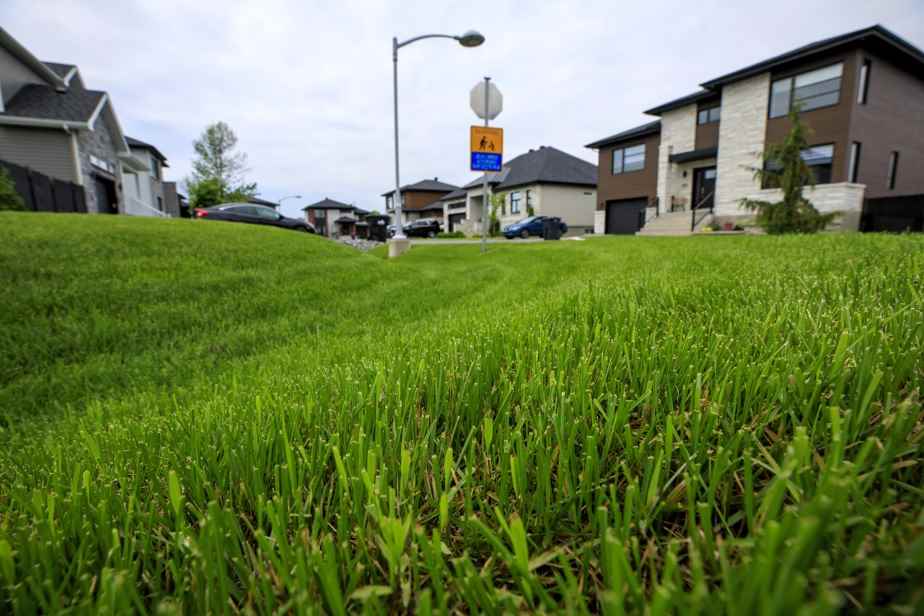Posted yesterday at 9:00 a.m.
Some doubtless criticize this “journalistic relentlessness” on a “banal” subject. The more cynical among us will surely conclude that this is a way to fill the summer trough in the news cycle.
As a municipal elected official, I personally applaud the proliferation of texts that change mentalities about an issue whose importance should not be minimized.
Like the City of Quebec, my city recently adopted a bylaw to limit the watering of lawns.
It didn’t go smoothly.
Many have deplored this new rule, testifying to their attachment to an “immaculate” green lawn.
A sign that the message is starting to get through about the ability of grass to go dormant if necessary, some citizens have nevertheless welcomed the initiative.
Beyond saving water, the use of chemical substances that are harmful to health and the environment is an equally crucial issue in this dossier.
According to Statistics Canada, 75% of Canadians own a grassy area. Of this number, 20% and 25% respectively of people use pesticides and fertilizers to maintain these surfaces.
Besides, The Press recently reminded us that more than 150 Quebec municipalities have adopted rules to regulate or ban the use of pesticides. In the same breath, Ariane Krol nevertheless showed us how difficult these regulations are to apply.
It is a major problem. And the obsession with the perfect lawn is the main culprit.
In short, cities can certainly act, but it seems clear that the real solution will involve a change in culture.
What is more, the need to abandon grass goes beyond the issues already mentioned, because it substantially harms biodiversity. The Kentucky Blue Grass monoculture has taken over the North American continent. With their immense capital of grassed areas, suburban towns are therefore the theater par excellence of the little green revolution that is taking shape.
Suburban cities embody the cradle of car culture, but not only. The cultivation of beautiful grass as a reflection of success and the ability to control nature is also very deeply rooted there. Disturbing fact: studies show that social status is inversely correlated with biodiversity. The richer a neighborhood is, the less biodiversity it harbors; the more lawns there are green.
It’s up to us suburbanites to turn things around.
Several non-mutually exclusive methods make it possible to achieve these ends: watering less, spacing out mowing, stopping the use of pesticides and fertilizers, planting more trees, adding flowerbeds, opting for xeriscaping or set up a front vegetable garden.
Ultimately, the best option turns out to be to let nature transform our grassy monocultures into biodiversity reserves.
As the city of Salaberry-de-Valleyfield has suggested, we can even give it a boost by seeding with various native species (clover, trefoil, yarrow, etc.).
Skeptics who believe that turf is a mundane subject will have been confounded.
Obviously, this subject touches on such deep and complex concepts as the cult of perfection, the display of social status or the human will to tame nature.
This discussion also helps address beauty with a capital B and illustrates that it undeniably rests in the eye of the beholder.
Anyone who has been around children can attest that the latter refuse to call “weeds” the flowers that they glean with happiness. So let’s reconnect with our children’s eyes to admire, on our land, the work of nature.

